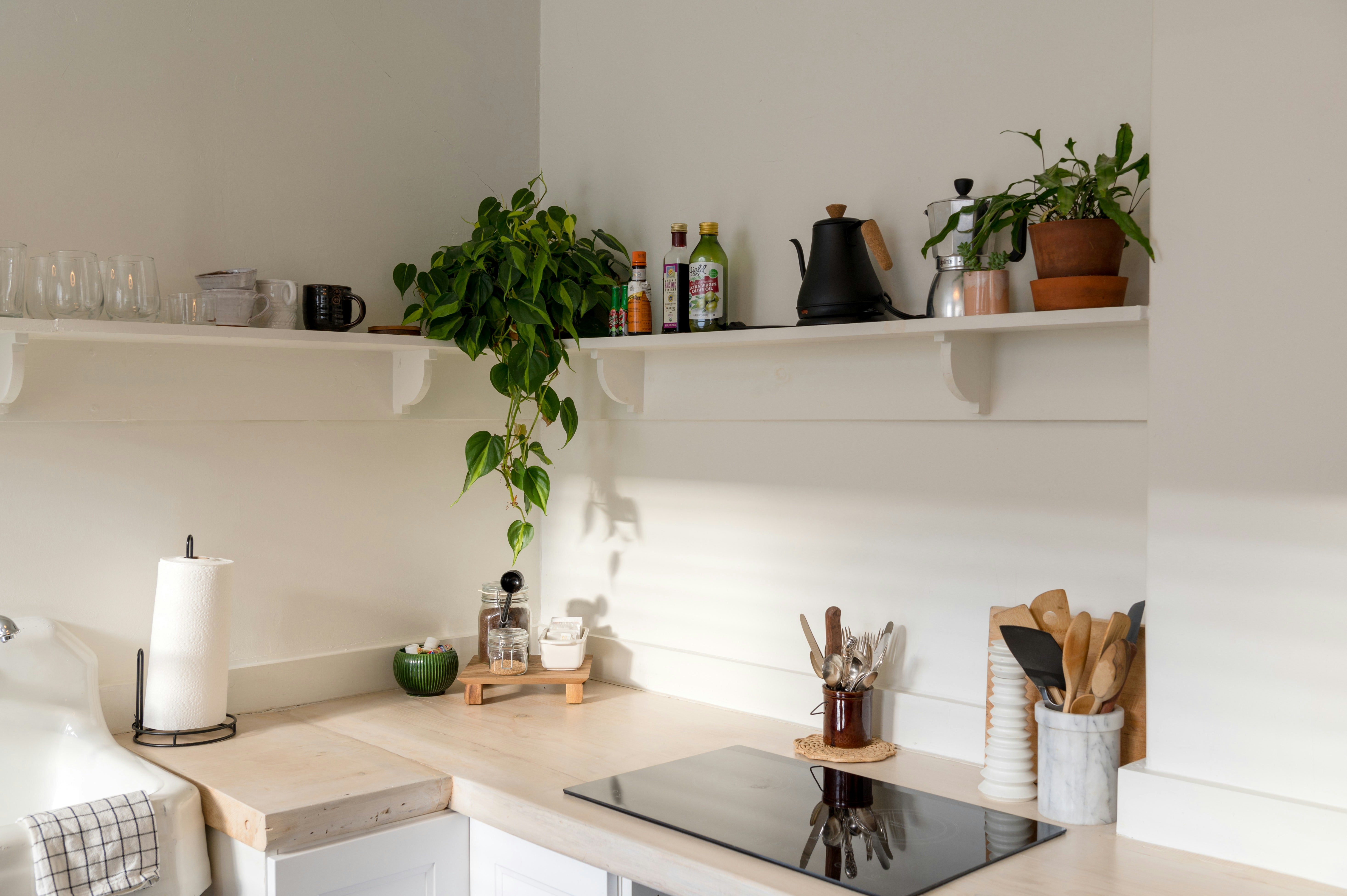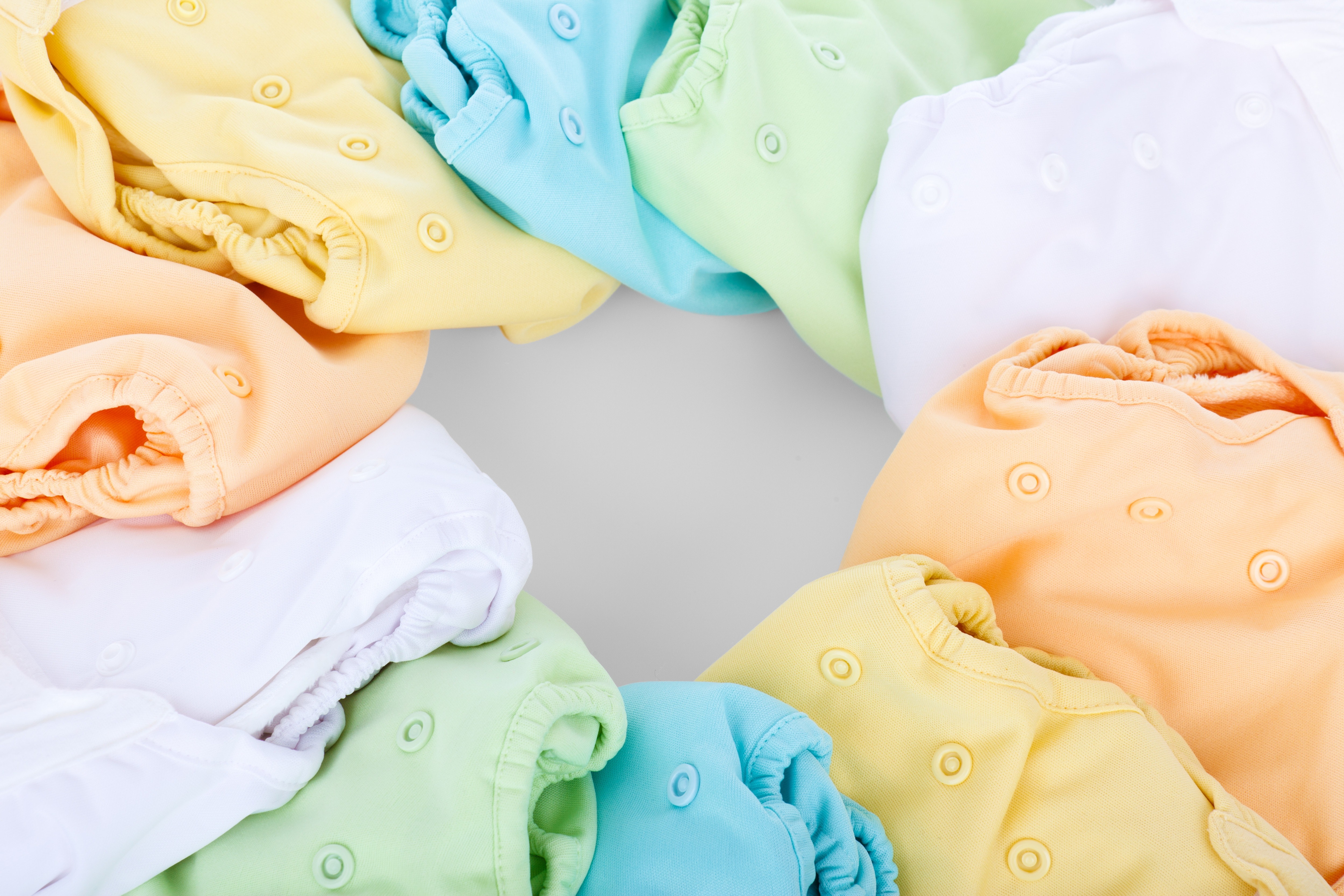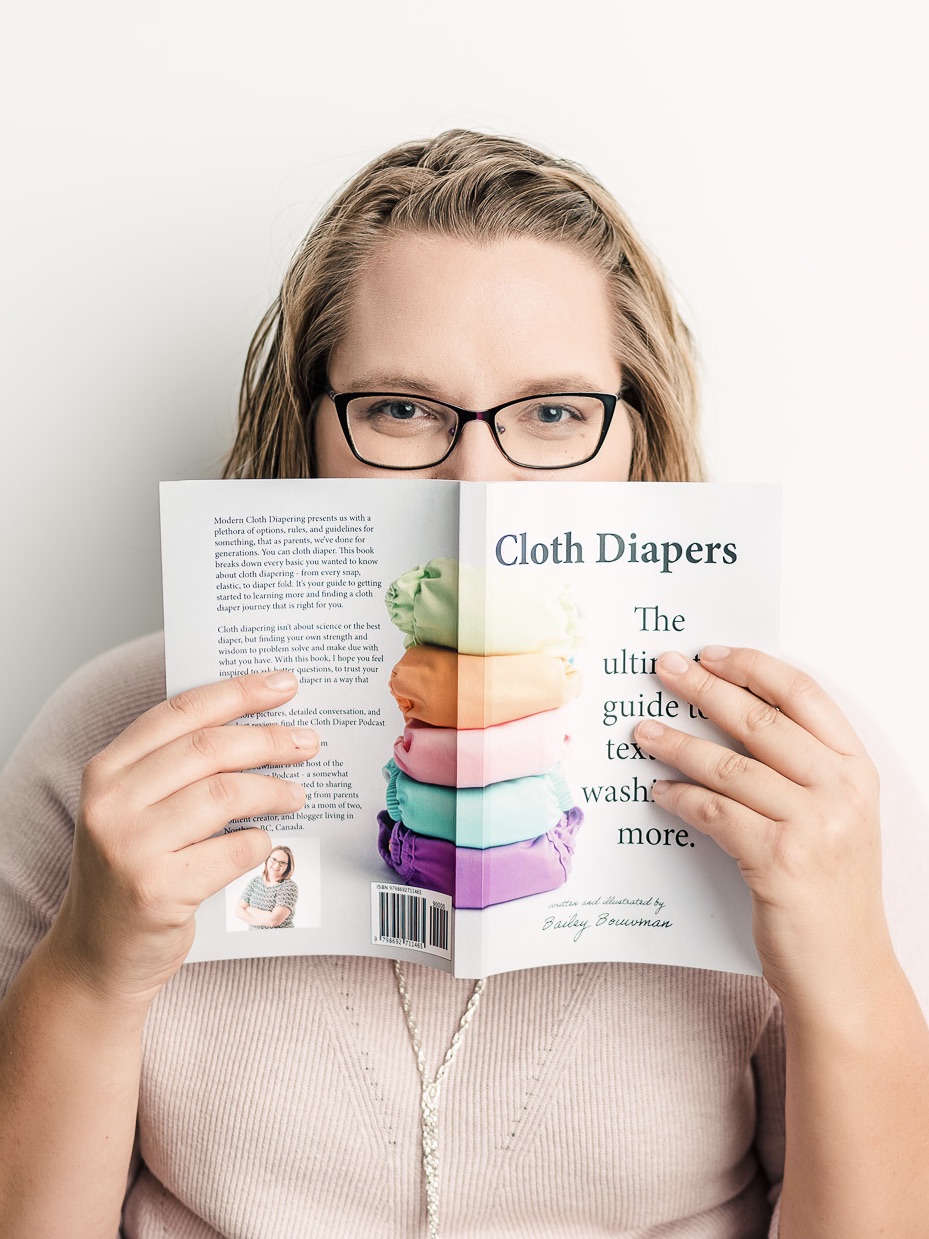Baby Proofing for Almost-Toddlers
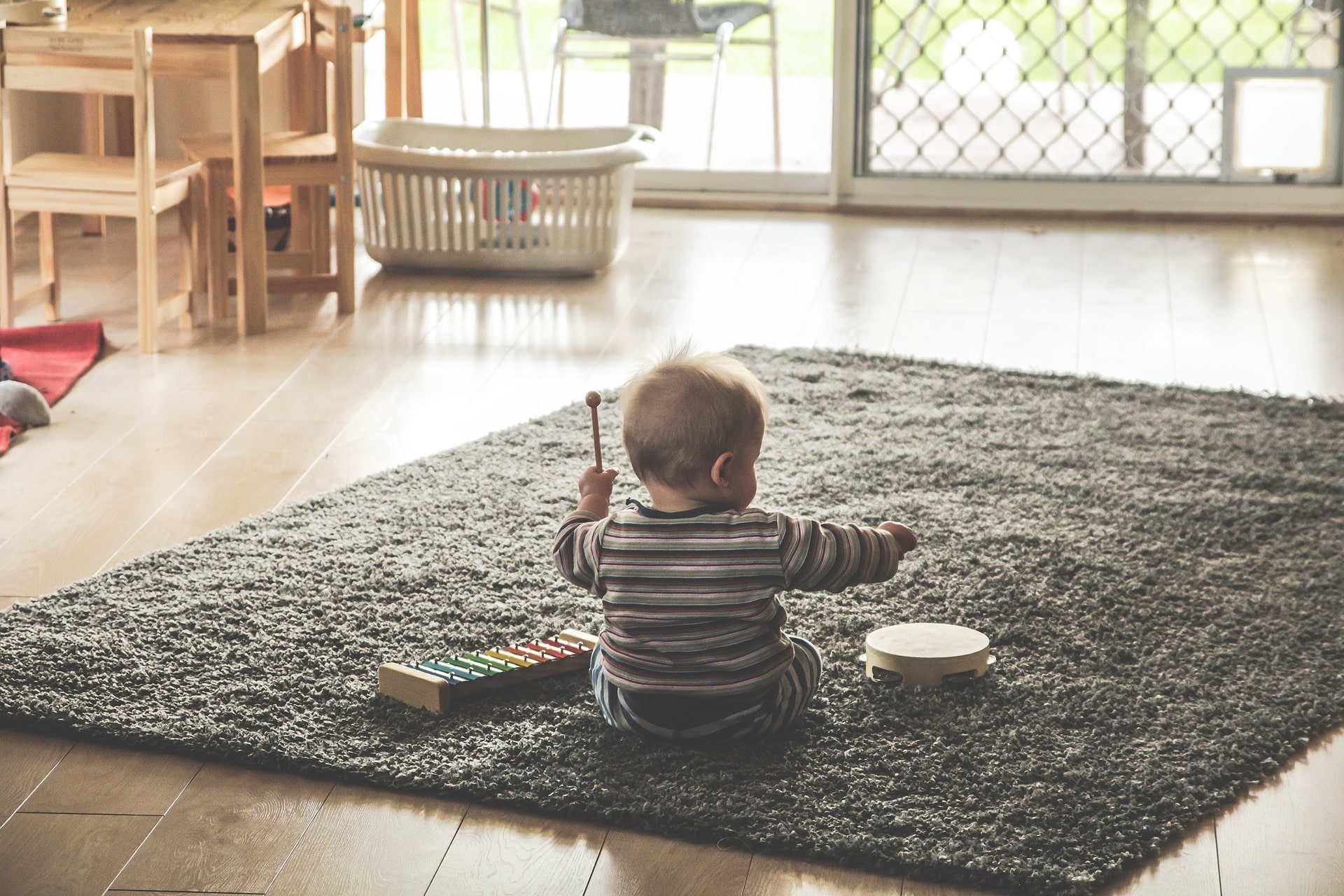
Baby Proofing for Almost-Toddlers
As soon as you see those first signs that your baby might be able to roll over, you realize it is upon you. Your child can now move around at will. And so we enter the baby proofing zone.
Written by Liz Bayardelle, PhD | See Comments | Updated 03/09/2019
Want to cut to the chase?
Tantrum Survival Playbook
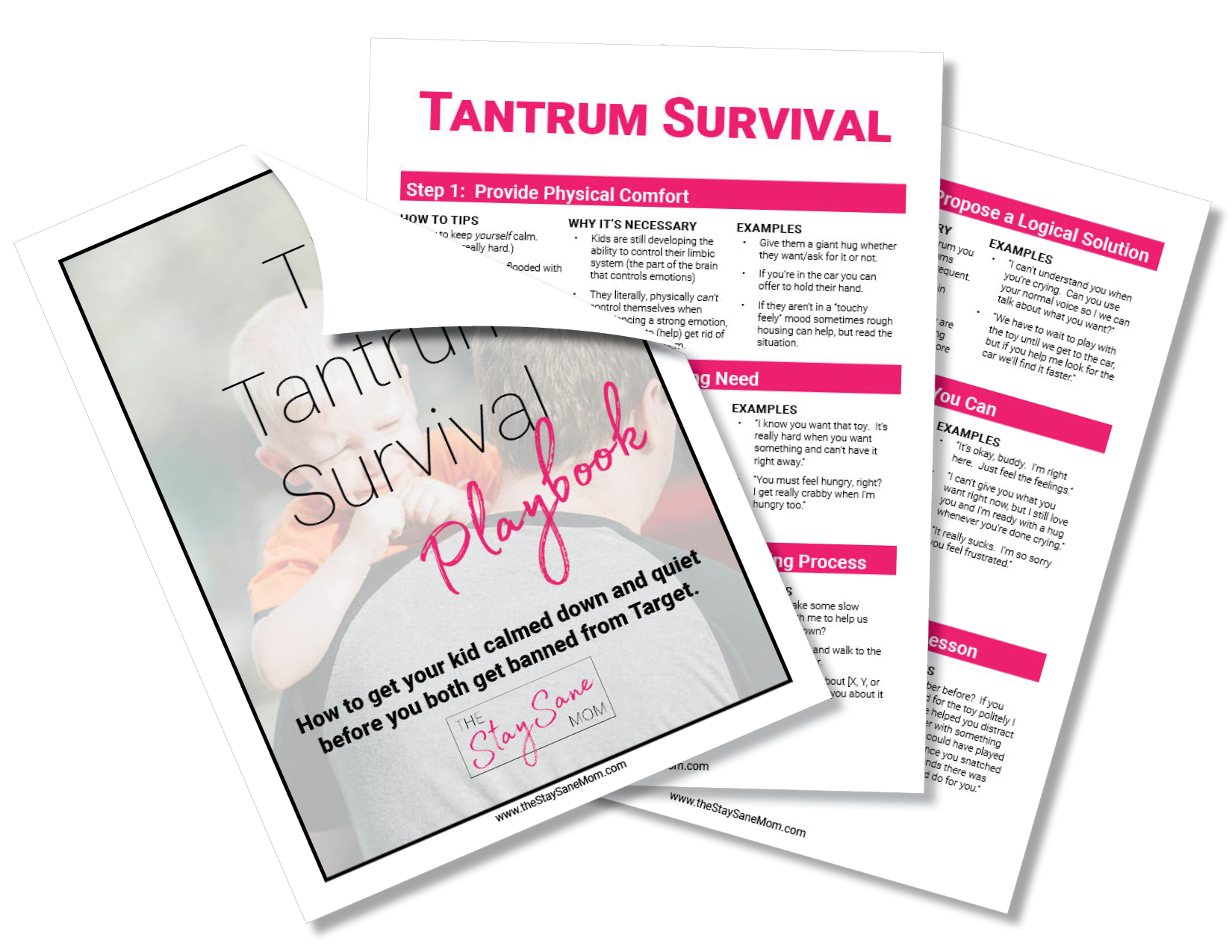
Baby Proofing for Almost-Toddlers
This post contains some affiliate links for your convenience. Click here to read my full disclosure policy.
When your baby turns into a toddler, it doesn't happen all at once.
After your baby is firstborn, they're pretty much stationary. You put them down, and they might make a lot of noise, but they stay there. Now don't get me wrong, there are many things that are very, very hard about the incident staged. But nature makes up for the Mercurial nature of an infant by making not very mobile.
However, slowly this begins to change. First all of a sudden they can roll over, then they begin to crawl, and then before you know it you begin the slow steady process of emptying out the shelves one by one as they get taller and taller to reach them.
How to Begin Baby-Proofing Your House
When you start seeing these signs, you would know that your risk-free (relatively speaking) infant training period, where you don't have to worry about baby proofing, has come to an end.
The good thing is that the changes you will see in your baby do happen slowly, and over time. So don't go running off to read the baby proofing aisle at Target all at once. You'll likely come home with a bunch of stuff you don't need, and not enough of the things you actually do need.
Let your child's faces guide you for what needs baby-proofing next. The first time they try a new Behavior, one that necessitates a certain type of baby proofing, he will be there to catch them and know the next phase is upon you.
Well you do need to be on the lookout for extreme safety threats, like them reaching hot stoves, most baby proofing is to prevent inconvenience or mild injury, like locks on cabinets that contain important documents that probably shouldn't be drooled upon. This means that if you catch them the first time, you can easily Implement some quick baby proofing before the second time occurs. Kids learn things slowly, so it's not like one day they will go from crawling to attempting to reprogram your thermostat.
What follows is a basic guide of what baby proofing will become necessary as your kid goes through various stages of toddlerdom.
Rolling Over
The first baby proofing you'll probably need is to stop putting your baby on counters and tables.
Yes, to you non-parents out there this sounds absolutely ridiculous, but doing things like laying your infant down on the bathroom counter while you get ready in the morning probably become fairly habitual by now. After all, you're right they're blocking them with your body, and it's cute to have them in your line of sight, right?
Nope. Now you have something that is capable of going over.
The same goes for changing tables. They’re so handy when your little one isn’t able to move around a lot. It’s easy to change diapers ten times a day when you have a table at a decent height. However, when your child starts to show signs of movement, like rolling, it’s time to stop using changing tables. It only takes a split second for a child to roll off as you turn around.
All it really takes is one near-miss to train you out of this habit, but when your little one start showing signs of rolling over on their own, you might want to preemptively get used to the idea that they are becoming mobile.
Crawling
This is the first phase of true mobility for a kid.
While it's exciting to watch them roll over for the first time, once they learn to crawl you cross a very queer threshold to the point where they are no longer where you put them.
Also, Murphy's Law applies here too. Your child will probably learn to crawl at the most inopportune moment, and they have amazing bursts of speed whenever they think you're not looking.
It's exciting for them to realize they have agency over where they are, for the first time in their young lives, but this means that you now have your first true round of baby proofing head of you.
It is at this point in time when you need to clear the floor of any toys or small objects that your baby could choke on. This probably means a solid color through anything on the bottom shelf of things. Also, it's not a bad idea to take this as an opportunity to cover your electrical outlets. It's not likely that your child will reach one of them, but it is now officially possible for them to do so.
You probably aren't leaving your child unattended for very long, but this is also a nice time to start setting up or at least contemplating a system of baby gates in your house. it's important for kids to have a place where they can play without restrictions, so having “safe zones” in your house where you can just set them down and let them roam around is very good for both of you.
Beginning to Be a Biped (aka Pre-Walking)
It’s exciting when your baby is ready for a walker. It’s those initial steps to helping them on their way to walking unaided and you’ll probably be proud as punch to see it.
However, being in a walker does mean your child has more mobility. They can suddenly go places they weren’t able to reach before without your help. That means, you need to block off areas that could be potentially dangerous.
Also, never take a walker upstairs because of the risk of little ones rolling off the top step and down the staircase.
Actual Walking
At this point in your child's development, you can probably say goodbye to the things on the second and possibly third shelf up from the ground.
You should also take this moment to look around your house and realize just how many sharp corners your furniture has. Some things can be baby proofed with adhesive foam corner protectors, while other pieces of furniture will become a “no baby” zone for a few months while your kid is most unstable.
There's nothing like a newly walking child to make you see your house in a different light, but, as I keep repeating, everything happens gradually. You will have time to make changes as you see your baby develop.
If you're paying attention to what they're doing and not leaving them unattended for crazy amounts of time, you will have time to take preventative measures before anything serious happens.
As They Get Taller
For the next few years, until your child has rational control of their behavior, you will just have to keep an eye out as they get bigger and more capable.
You will notice that the radius of reachable counter grows as they do, so your things will get further and further back on tables and counters. You will notice a similar progression on shelves and drawers, which will either have to be baby proofed, emptied, or surrender to the kidlets, as you see fit.
I personally am a huge fan of the “distraction drawer” strategy. in each room, I leave one drawer cabinet not baby proofed. I put some of the toddlernado’s toys (or things I don't mind her playing with) in this accessible drawer, so she feels like she gets to be a person too. The other drawers or cabinets, the ones that are actually holding my stuff, become a little less appealing now that she gets to play too.
Windows
Babies never see the danger in windows. So, it’s your job to eradicate the danger for them.
No matter how little your child is, they will always find a way to climb and find an open window. Large windows can have large openings that allow children to slip and fall from a height. Even if windows have small openings, children will always find a use for them. Many children like to drop toys, books and anything else they can find out of windows, which can cause damage to anything below (as well as thoroughly angering mama, who has to take a trip down stairs for the 19th time today).
Fortunately, windows are usually pretty hard to open, so your toddler probably won't yet have the strength to be able to open them by themselves. Just keep a watch on their abilities, and make sure windows are shut and you should be fine.
Burns
A child can get a burn from many different places in the home. (Yippee.)
One of the best ways to avoid burns is to use a baby gate at the kitchen door so your little one doesn’t get access to your oven or stove. Real Flame can also help you choose an electric fire that poses little risk to your children when they are supervised.
You should also make sure that hot cups or plates are never left within reach of young children, especially as the begin to explore the home.
Again, Murphy's Law is highly applicable here. If there's something they could do that would cause themselves harm, it's most likely the first thing they will go to.
Do a quick scan of all environments to make sure everything is safe, and you should be fine.
Rugs
It can often feel like rugs are necessary within the home.
Not only do they look nice and help to centre the room, but they also cushion little knees as they start to crawl. However, for toddlers just learning to walk or older children who are over tired, rugs can be a trip hazard. (Heck, this can even be true for tired moms.)
All it takes is a small distraction to stop your child from looking where they’re going and falling over awkwardly.
Actually, this isn't really limited to rugs. Assume your child will fall down most places at least once in their childhood. in fact, there will inevitably be times when your child does fall and hurt themselves. This is a normal part of childhood, and it does not make you a bad parent.
The worst injury my daughter has ever had was from falling face-first into a shoe shelf while standing absolutely stock still. This is a toddler whose favorite game is to jump off of the couch and land belly-first on the ottoman, pushing it further away each time. She regularly attempts to climb the outside of the stair banister, much to my consternation. She fearlessly plays with our 140 lb Great Dane.
This girl knows no fear, but the only time she is ever really injured herself is falling while standing still. Welcome to motherhood.
You won't be able to prevent all accidents, just make sure tripping hazards aren’t right next to sharp corners, and you're probably okay.
The Big Picture
The main key to avoiding unwanted accidents is always supervision.
if you're a halfway decent parents and keep an eye on your child, you always have time to subvert potential disasters manually. This means at first you will have to manually redirect your kid away from a sharp corner or a newly-reachable electrical outlet. You will then follow this special occasion with a trip to Target to get the appropriate baby proofing for their newly enhanced abilities end a text to your hubby saying “look what Junior can do now”.
As with all areas of parenting, try not to put too much pressure on yourself. As long as you're watching your baby and have taken care of any major dangers, you're probably going to catch things well before they become a problem.
Start Your Next Step
Tantrum Survival Playbook

Get Sanity, Delivered to Your Inbox.
Care to Share?
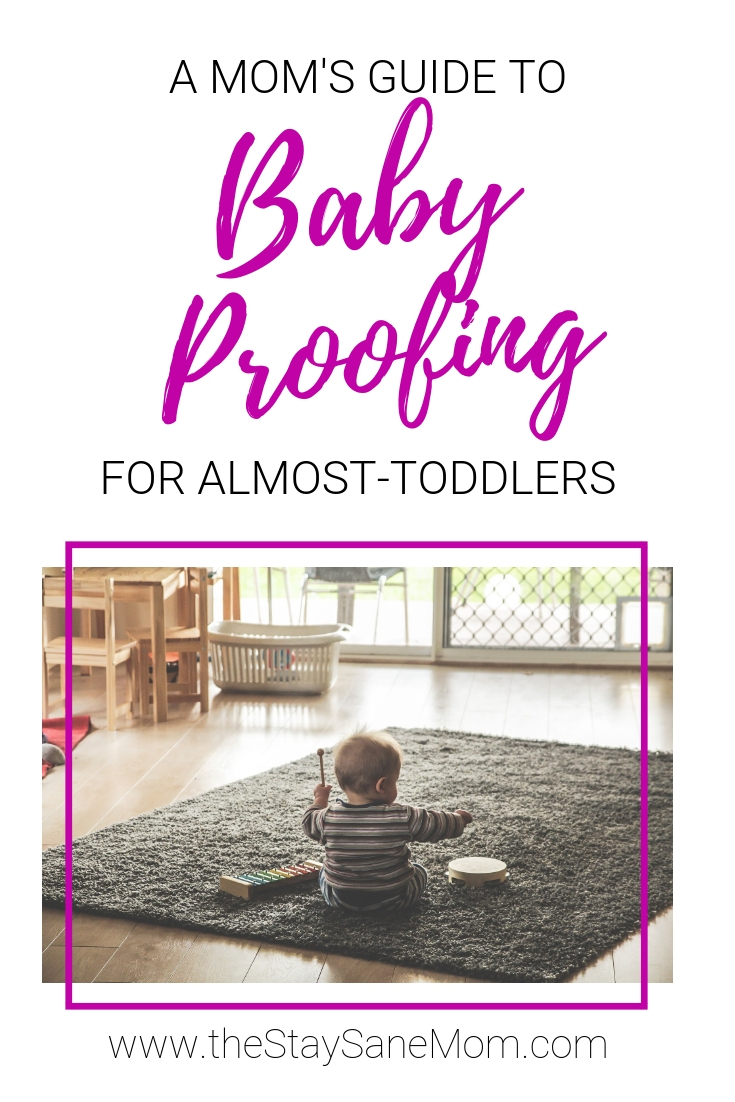
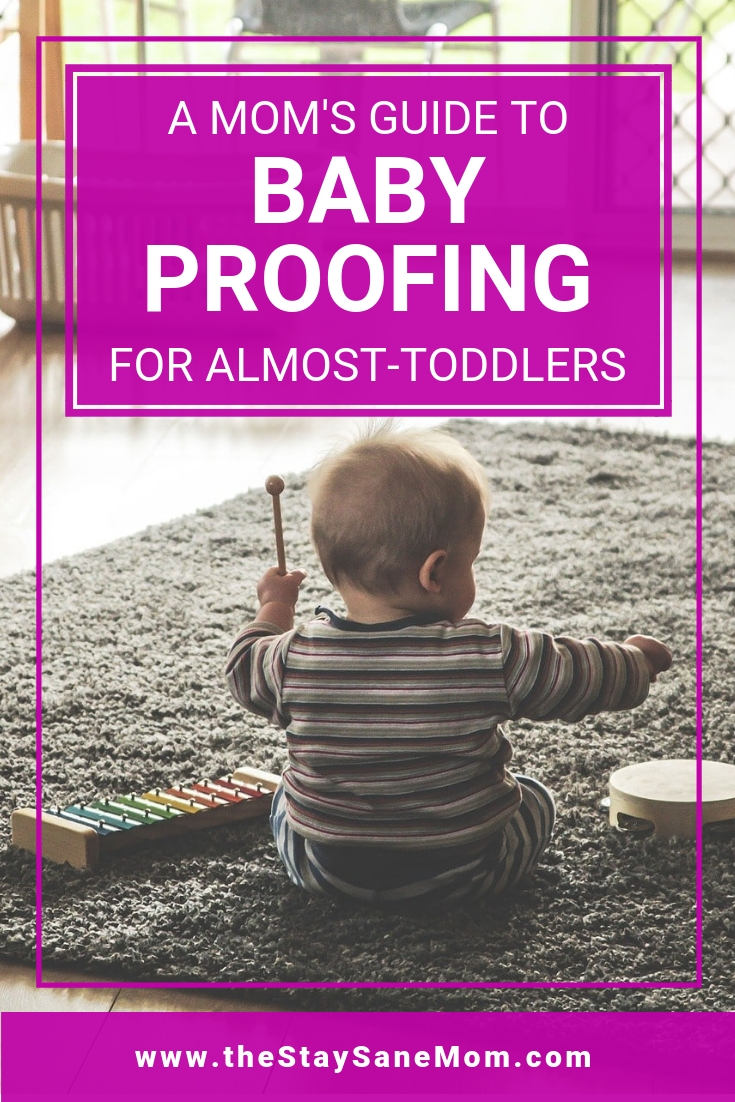
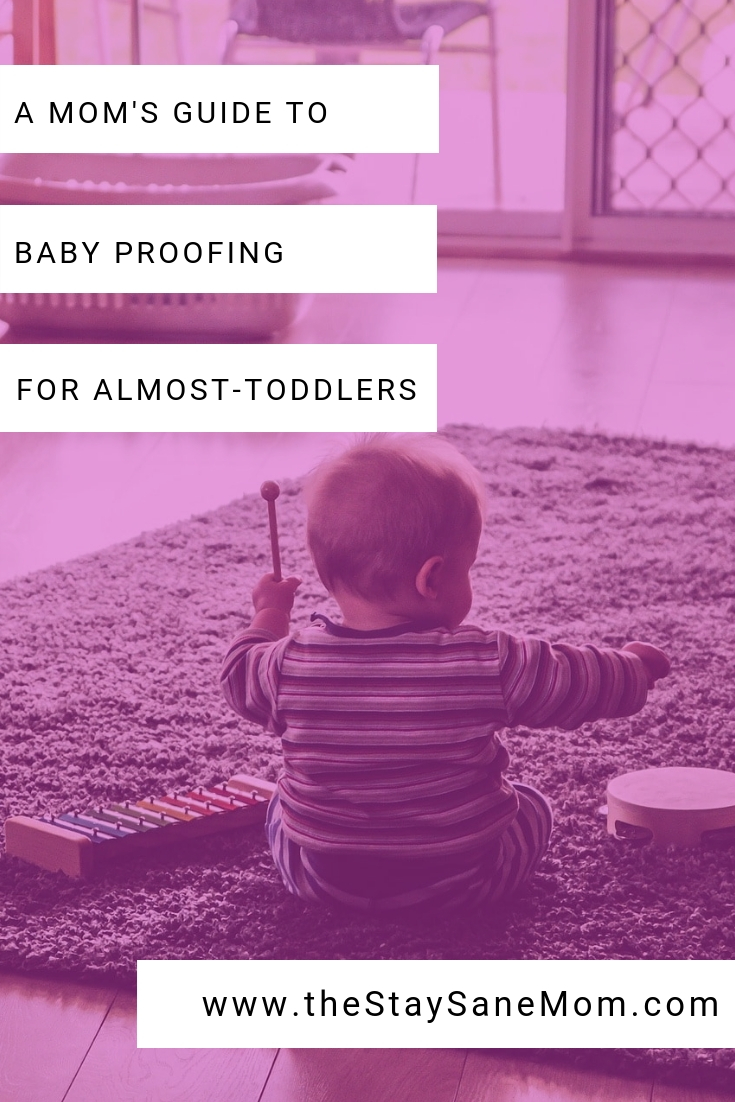
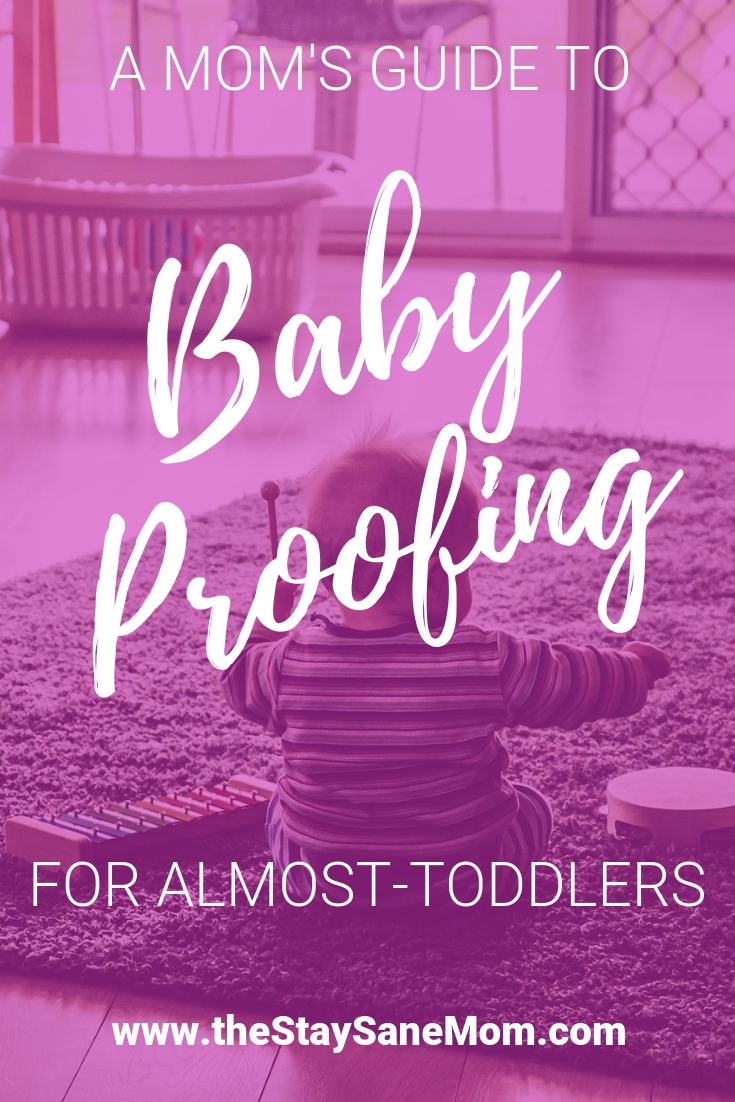
About the Author

Liz Bayardelle, PhD
Founder | Contributor
Liz (or Dr. Mommy, as her toddler started calling her after learning what a PhD was) is the happily sleep-deprived mom of a toddler (and professional raccoon noise impersonator), a sparkle-clad kidnado, a teenage stepdaughter, 200 cumulative pounds of dog, and herd of dustbunnies (if daily vacuuming doesn't occur). During nights and naptimes, she uses her PhD in business psychology as an author, speaker, and consultant. She also serves as an executive and principal for three companies, two of which she co-founded with her very patient (and equally exhausted) husband.


